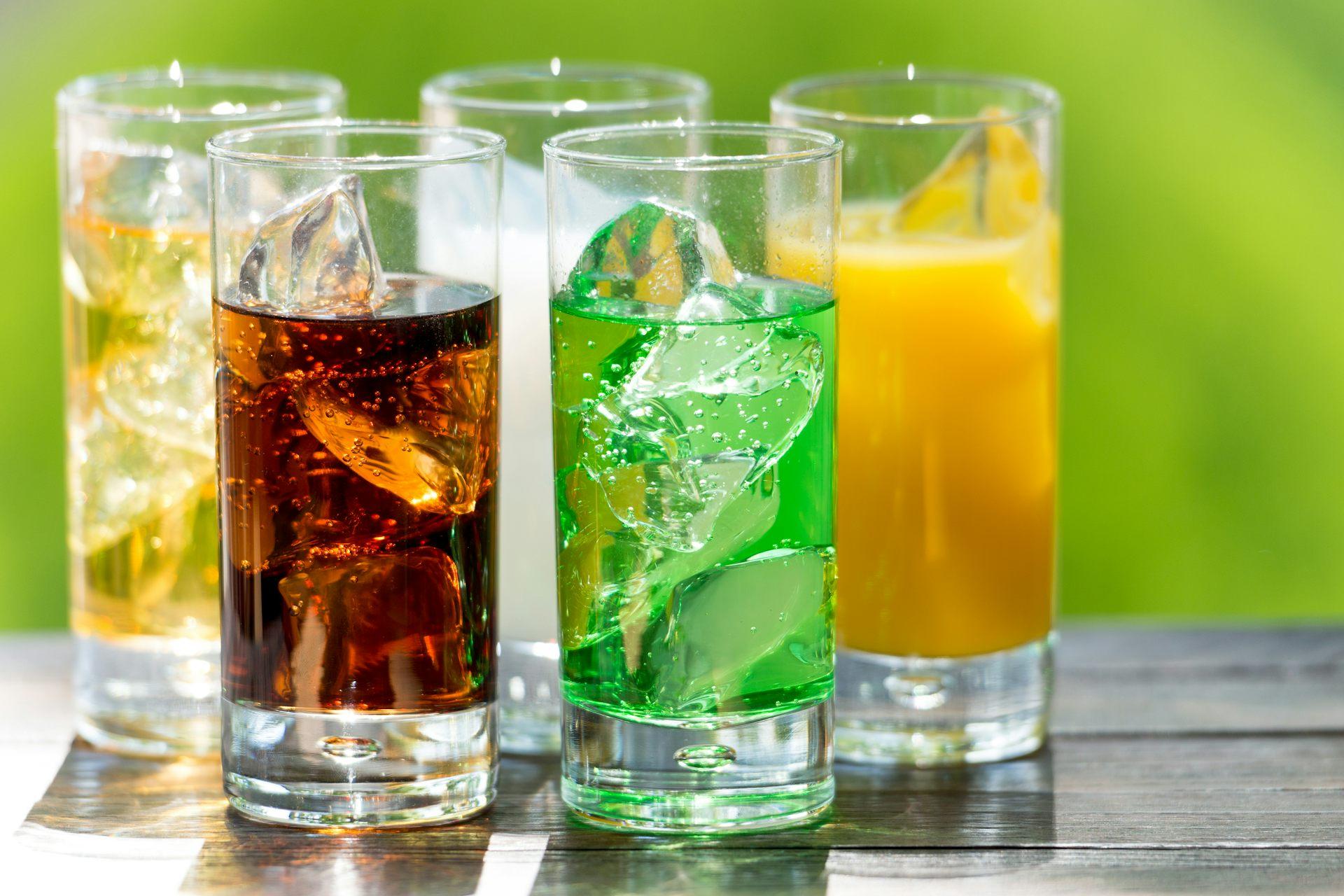Beverage Flavors Market Overview: Trends and Growth Drivers

Introduction
The global beverage flavors market has witnessed significant growth in recent years, driven by evolving consumer preferences, technological advancements, and the increasing demand for natural and functional ingredients. Beverage flavors play a critical role in enhancing the taste, aroma, and overall appeal of beverages, catering to a diverse range of consumer needs across the soft drinks, alcoholic beverages, functional drinks, and dairy segments. This article explores the key trends and growth drivers shaping the beverage flavors market.
Market Size and Growth Outlook
The beverage flavors market is expected to grow at a steady rate, with a compound annual growth rate (CAGR) of approximately 5-7% over the next five years. Factors such as increasing urbanization, rising disposable incomes, and a growing preference for innovative and exotic flavors are fueling market expansion. Additionally, the health-conscious movement has led to a surge in demand for beverages with natural flavors, further propelling market growth.
Key Trends in the Beverage Flavors Market
1. Shift Toward Natural and Organic Flavors
Consumers are becoming more health-conscious and are scrutinizing ingredient labels more than ever before. As a result, there is a growing demand for natural and organic flavors derived from fruits, herbs, and botanical sources. Beverage manufacturers are reformulating their products to eliminate artificial additives and synthetic flavors to align with this trend.
2. Rising Popularity of Exotic and Innovative Flavors
With globalization and cultural exchange, consumer palates are evolving. There is an increasing demand for unique and exotic flavors such as dragon fruit, yuzu, hibiscus, and matcha. Brands are experimenting with bold flavor combinations to capture the interest of adventurous consumers looking for new taste experiences.
3. Demand for Functional Beverages
Functional beverages, which provide health benefits beyond hydration, are gaining traction in the market. Flavors infused with ingredients like adaptogens, probiotics, and vitamins are being introduced to meet the demand for immune-boosting, energy-enhancing, and stress-relieving drinks. Popular functional beverage segments include sports drinks, plant-based beverages, and kombucha.
4. Sugar Reduction and Clean Label Trends
Concerns over sugar consumption and its impact on health have led to a demand for beverages with reduced sugar content or natural sweeteners such as stevia and monk fruit. The clean label movement, which emphasizes transparency in ingredient sourcing and minimal processing, is encouraging beverage companies to innovate with natural flavor enhancers that maintain taste without compromising health benefits.
5. Sustainable and Ethical Sourcing
Sustainability is a key factor in consumer purchasing decisions. Beverage companies are prioritizing ethically sourced flavors, reducing carbon footprints, and using eco-friendly packaging. Sustainable sourcing of vanilla, cocoa, and citrus flavors is becoming a competitive advantage for brands that want to align with environmentally conscious consumers.
Growth Drivers of the Beverage Flavors Market
1. Increasing Demand for Personalized Beverages
Consumers are looking for customizable beverages that cater to their specific taste and dietary preferences. This has led to the rise of personalized flavor options in the form of DIY beverage kits, mix-and-match flavor enhancers, and customizable drink platforms.
2. Expansion of the Non-Alcoholic Beverage Segment
The shift away from traditional alcoholic beverages to non-alcoholic and low-alcohol alternatives is creating new opportunities for innovative flavor profiles. Non-alcoholic beers, mocktails, and flavored sparkling waters are gaining traction, driving the need for unique and sophisticated flavor combinations.
3. Growth in E-Commerce and Direct-to-Consumer Sales
The rise of online shopping and direct-to-consumer sales channels has made it easier for consumers to access a wide variety of flavored beverages. Digital platforms enable brands to introduce niche flavors and limited-edition releases to cater to specific market segments.
4. Expansion into Emerging Markets
Emerging economies, particularly in Asia-Pacific and Latin America, are witnessing rapid urbanization and increasing disposable incomes. These factors are driving the demand for premium and flavored beverages, with consumers showing a willingness to experiment with new taste experiences.
5. Technological Advancements in Flavor Development
Innovations in food science and flavor formulation are enhancing the beverage industry's ability to create complex and appealing flavors. Advanced extraction techniques, encapsulation technologies, and AI-driven flavor profiling are helping manufacturers develop flavors that meet consumer expectations for taste, authenticity, and health benefits.
Conclusion
The beverage flavors market is undergoing a transformation, driven by consumer demand for natural, functional, and innovative flavors. Brands that prioritize health-conscious formulations, sustainability, and technological advancements will be well-positioned for growth. As beverage companies continue to explore new flavor profiles and cater to evolving consumer preferences, the market is expected to witness steady expansion in the coming years.
- Art
- Causes
- Crafts
- Dance
- Drinks
- Film
- Fitness
- Food
- Games
- Gardening
- Health
- Home
- Literature
- Music
- Networking
- Other
- Party
- Religion
- Shopping
- Sports
- Theater
- Wellness


